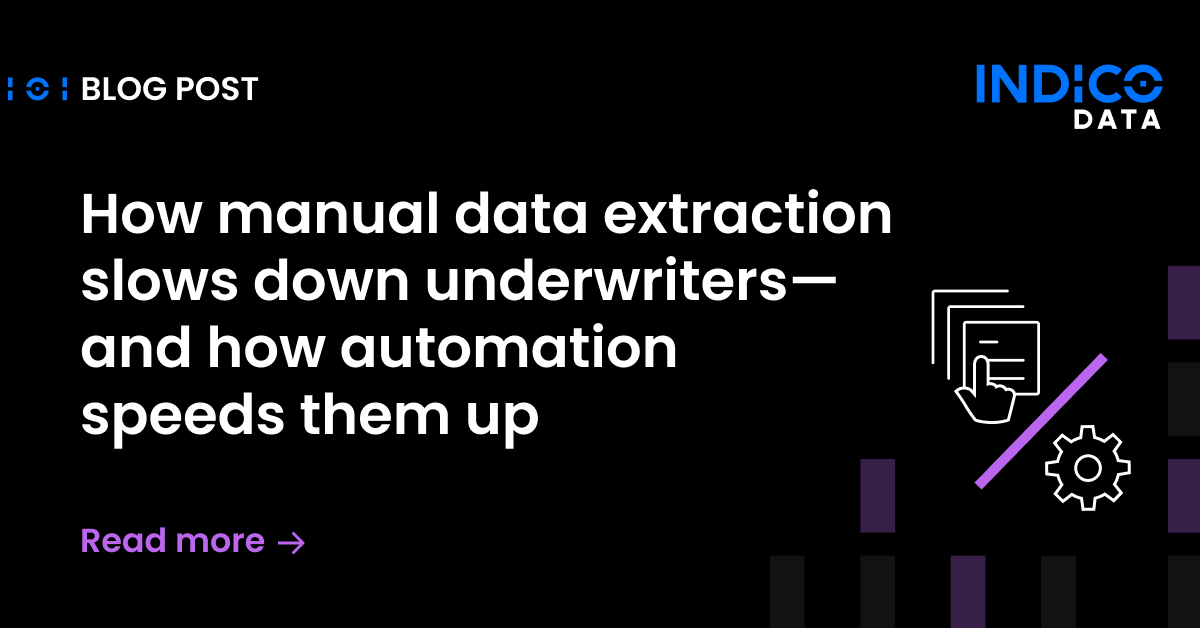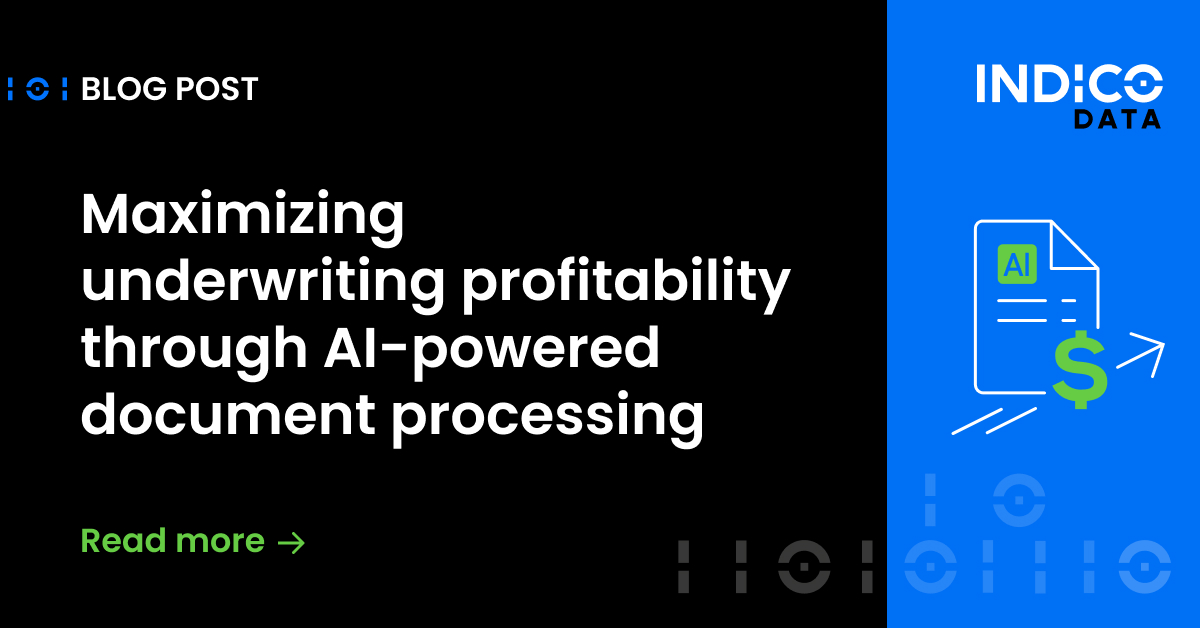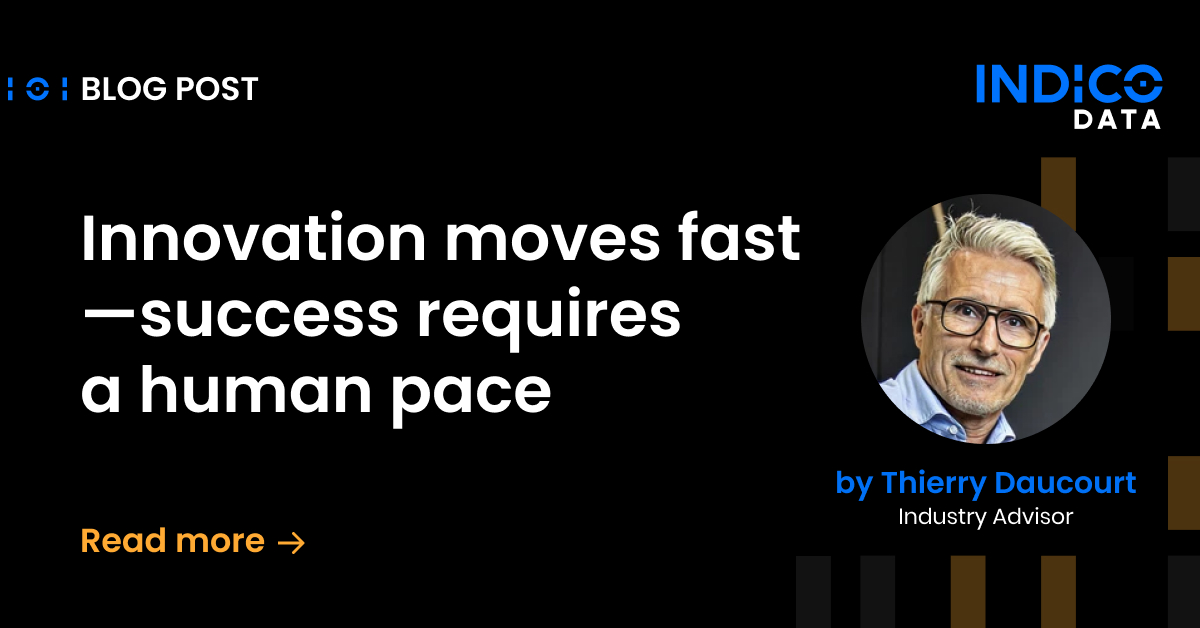This is a guest post written by Deepika Chopra. Deepika is currently a Senior Vice President with LPL financial, where she heads up a Center of Excellence (COE) focused on Business reinvention and Continuous improvement. A Business transformation leader with hands on experience on how to manage Product, People , Data and Technology to lead real change, innovation and growth in global organizations.
Previously, she served as Senior Vice President with Citi Commercial Bank, focused on cognitive automation. She was also Senior Director of Intelligent Automation for the insurance giant AIG, focused on RPA, conversational AI and machine learning. She holds a Bachelor of Engineering degree from Kurukshetra University and Executive Management programs from Boston University’s Questrom School of Business and UCLA. All views views expressed in the article are those of the individual and have no ties to the employer.

The financial services industry is in the throes of a tidal shift from analog to digital and all that entails. For leaders in the financial services industry, it’s a strategic imperative to transform, and build a dynamic company that will thrive in today’s experience economy.
While transformation is the buzzword, it goes beyond whizbang technology. Transformation is accelerated change across people, processes, products, and technology. The leap forward can only occur with a mindset ready to adapt to rapid change, deal with ambiguity, and rethink conventional wisdom.
Industry research indicates that 70% of digital transformation projects fall short of their objectives
A transformation mindset is a critical success factor for any enterprise. Having read a lot about the subject and witnessed several transformations, I gleaned a few pointers about what a transformation mindset means.
- From profit to purpose: Of course, profits are essential for any business, but a purpose and a North Star are even more vital. Purpose-driven organizations are more adept at embracing as well as shaping change. For example, if our purpose is to help our advisors do their jobs well, and they in turn enable millions of Americans meet their financial retirement goals, that should stand us in good stead and propel us to do our best.
- It starts at the top: Transformation mindset is something senior leaders need to inculcate and foster across the organization. It is not enough to name someone a chief transformation officer. From board room to C-Suite and down the line, adopting a transformation mindset is a prerequisite for success.
- From either/or to all that matter: Historically, companies had to make calls on what path to choose, and they often bet on the wrong one. Today, we can adopt a hybrid approach in many ways. For example: For software to power our business, we can choose proprietary software + vendor platforms + open source. Or, in our efforts to migrate to the cloud, we can rely on multiple public clouds + private clouds.
- From economies of scale to experience as the core: Ever since Henry Ford invented assembly line, corporations have been striving to build economies of scale with efficiency as the barometer. Today, we cannot just be efficient, we need to be effective in fostering an experience worthy of our advisors and their customers. That is the only way to compete with digital natives.
- From command and control to empowerment: From Taylor and Gilbreth’s time and motion studies onwards, management discipline was command and control. But that no longer holds sway in this information- and intelligence-based economy. Empowered teams are agile, effective, and can spur innovation, which can cross-pollinate other groups. Empowered employees also mean an increase in the happiness quotient and a reduction in employee attrition and churn.
- From hierarchy to networks: Dovetailing with that point, today we cannot afford organizational structure based on strict hierarchy. We need to foster formal and informal networks. The concepts of Centers of Excellence (COE) and Communities of Practice (COP) are foundational, helping companies restructure their rigid hierarchies. We will need to elevate our collective knowledge from connected intelligence, which harnesses people and technology.
- From monolithic technologies to microservices: On the technology front, we will need to step away from the multi-year rollout of monolithic systems to adopting the concepts of Microservices and Application Programming Interfaces (APIs).
- From data as static bits and bytes to new currency of information age: It is not sufficient to simply store data. We need to harness data for trendspotting, real-time decision-making, and predictive and prescriptive analytics.
- From fool-proof projects to experimentation: Besides fixing the current lacune we need to focus on so-called Horizon 3 technologies. And instead of one or two massive bets, we need to let a thousand flowers bloom with small and contained experimentation. And we need the governance and structures to take the winners and scale them organization-wide.
- From strict confidentiality to transparency: Of course, every business needs to keep some things confidential, but transparency and openness within generally inculcate a sense of belonging and a shared destiny. We should strive to make our aspirations, metrics, and key result areas more transparent and allow all employees to embrace them as their own.
Following this list of critical items will result in a transformation mindset across the organization. Of course, much thought, planning, and action are necessary to make each point successful.
As leaders, we should do what we can to help employees overcome any FUD (Fear, Uncertainty, and Doubt) and embrace change.


